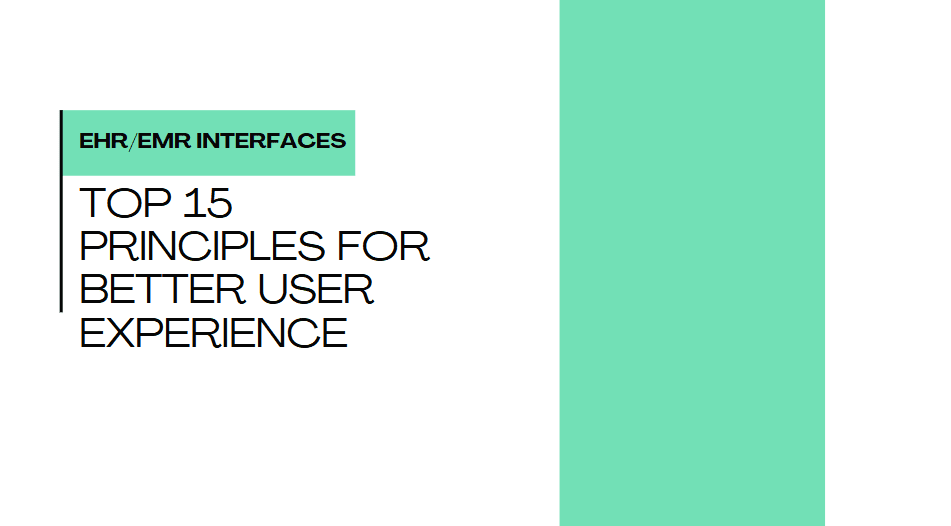Table of Contents
In today’s digital age, safeguarding your business’s digital assets has never been more critical. With the ever-evolving landscape of cyber threats, from data breaches to malware attacks, cybersecurity is a paramount concern for organizations of all sizes. In this article, we explore the world of cybersecurity, uncovering strategies and best practices that can help protect your digital assets and keep your business resilient in the face of emerging threats.
The Foundation of Cybersecurity:
At its core, cybersecurity is about protecting your digital assets, including sensitive data, financial records, and intellectual property, from unauthorized access, theft, or damage. To build a robust cybersecurity strategy, consider the following foundational elements:
Network Security: Implementing firewalls, intrusion detection systems, and regular network monitoring helps safeguard your network infrastructure against external threats.
Access Controls: Managing user access with strong authentication mechanisms, like multi-factor authentication (MFA), ensures that only authorized personnel can access sensitive data and systems.
Employee Training: Your employees are your first line of defense. Regular training and awareness programs help them recognize and respond to phishing attempts and other social engineering attacks.
Staying Current: Updates and Patch Management:
In the realm of cybersecurity, staying current with software updates and patch management is akin to fortifying the walls of your digital fortress. Cybercriminals often exploit known vulnerabilities in software, operating systems, and applications to gain unauthorized access to your systems or data. Neglecting updates can leave your business exposed to these threats.
Regularly applying security patches is a fundamental cybersecurity practice. Software developers release patches to address vulnerabilities and improve the security of their products. However, it’s not enough to rely solely on automatic updates.
Businesses should have a structured patch management process in place, which includes testing patches in a controlled environment before applying them to production systems. This precaution helps prevent any unexpected issues that might arise from the patch.
The Power of Encryption and Multi-Factor Authentication:
Encryption is the digital equivalent of locking valuable items in a safe. It ensures that even if unauthorized access occurs, the data remains inaccessible to prying eyes. Data encryption should be employed for data in transit (during transmission) and data at rest (when stored on servers or devices). Secure Sockets Layer (SSL) and Transport Layer Security (TLS) protocols are common encryption methods for securing data in transit, while encryption algorithms like AES (Advanced Encryption Standard) protect data at rest.
Constant Vigilance: Monitoring and Incident Response:
In the ever-evolving landscape of cyber threats, constant vigilance is paramount. Relying solely on preventive measures is insufficient; businesses must adopt a proactive approach to identify and respond to threats promptly.
Continuous monitoring of network traffic and system logs is essential for detecting anomalies and potential security breaches. Advanced security information and event management (SIEM) systems can help organizations analyze vast amounts of data in real time, pinpointing suspicious activities and potential threats. Early detection allows for swift intervention and mitigation, reducing potential damage.
In conclusion, in an interconnected digital world, cybersecurity is a fundamental aspect of business operations. Protecting your digital assets requires a multi-faceted approach encompassing network security, access controls, employee training, regular updates, encryption, and vigilant monitoring.
By staying proactive and adopting a cybersecurity-first mindset, you can effectively navigate the cybersecurity landscape, safeguard your digital assets, and ensure the continued success and resilience of your business.
Source: Navigating the Cybersecurity Landscape: Safeguarding



